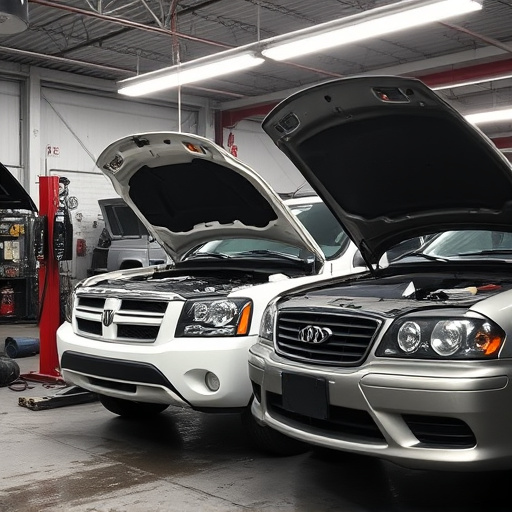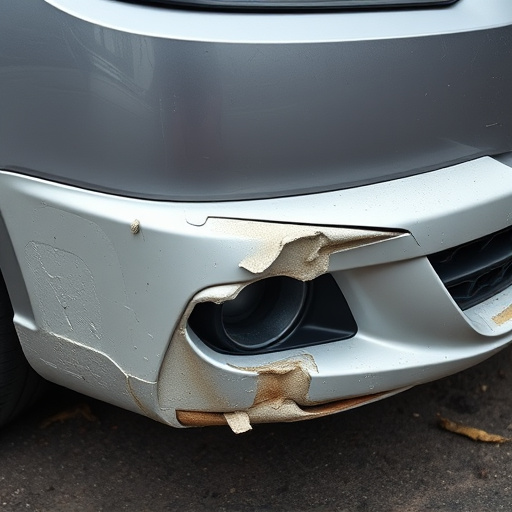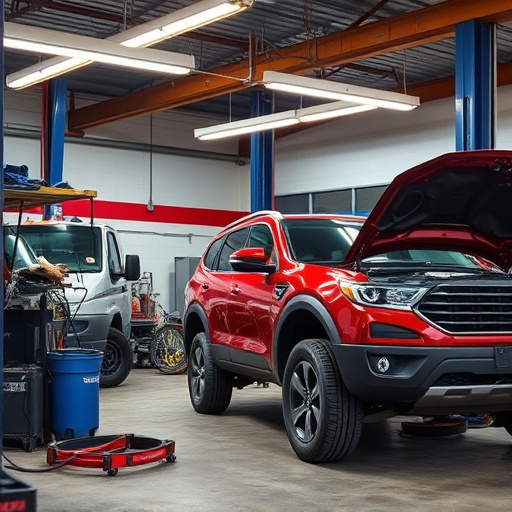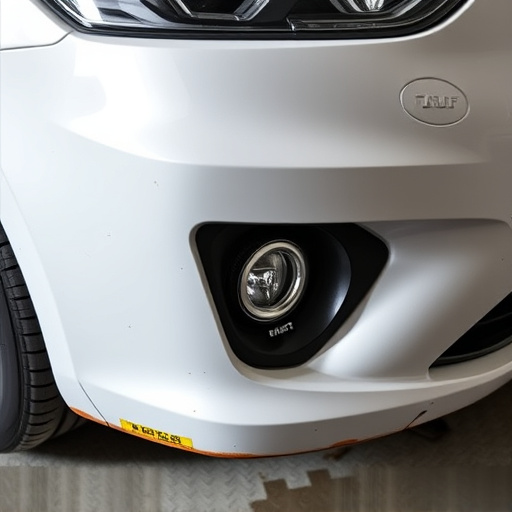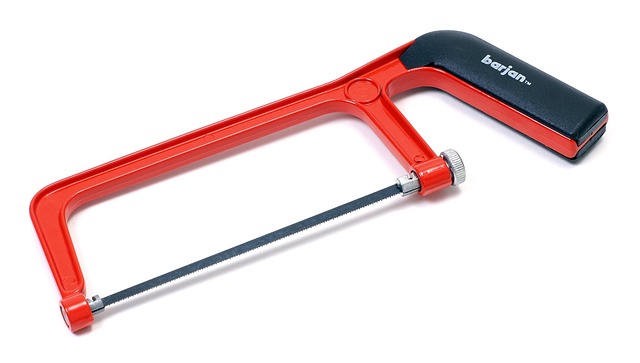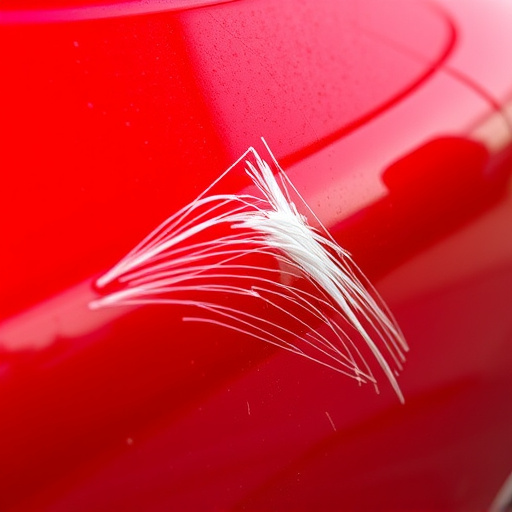Understanding dent repair costs is vital for leasing companies and buyers when dealing with lease return vehicles. Costs vary based on damage severity, vehicle age, part availability, and service pricing. Proper budgeting and informed decision-making through assessing dent severity and comparing transparent estimates ensure alignment with lease requirements and residual value.
“When preparing a lease return vehicle for resale or rental, understanding the dent repair cost is crucial. This comprehensive guide breaks down the factors influencing these expenses and offers insights into optimizing budgets. From assessing damage types to considering restoration techniques, you’ll learn how to navigate dent repair costs effectively. Whether you’re a fleet manager or a car dealer, this review ensures you make informed decisions, ensuring your vehicles’ post-lease appearance and value.”
- Understanding Dent Repair Costs for Lease Return Vehicles
- Factors Affecting Dent Repair Expenses
- Optimizing Budget for Post-Lease Vehicle Restoration
Understanding Dent Repair Costs for Lease Return Vehicles

When it comes to lease return vehicles, understanding dent repair costs is essential for both leasing companies and potential buyers. These vehicles often have a history of minor dents and scratches, which can impact their resale value. Knowing the average dent repair cost allows for better budgeting and decision-making.
Fleet repair services specialize in efficiently handling these repairs, ensuring quick turnaround times. They employ experienced technicians who can assess the damage and provide accurate quotes. Auto glass repair is another critical aspect, as cracks or chips may also be present. Integrating these services into a comprehensive vehicle inspection process helps maintain the vehicle’s overall condition and minimizes long-term costs.
Factors Affecting Dent Repair Expenses

The dent repair cost for lease return vehicles can vary greatly depending on several factors. One key consideration is the severity and location of the damage. Minor dents, such as those from a light bump in a parking lot, might only require simple fixing techniques like painting or patching, resulting in lower repair costs. Conversely, deeper dents or damages affecting the car’s panel lines will necessitate more complex repairs, including replacement parts and labor, driving up expenses.
Another influencing factor is the vehicle’s age and make. Older cars may have higher dent repair costs due to the availability and cost of original equipment parts. Additionally, specialized fleet repair services that cater to lease return vehicles often come with their own pricing structures, considering volume discounts and standardized repair protocols for consistency and efficiency. Similarly, car paint services might charge different rates based on the type of paint used and the desired finish, impacting the overall dent repair cost.
Optimizing Budget for Post-Lease Vehicle Restoration

When preparing a vehicle for lease return, budgeting for dent repair cost is crucial to avoid unexpected financial strains. Since lease agreements often have strict cosmetic standards, it’s essential to allocate funds for fixing dents and scratches acquired during the tenant’s use. Optimizing this budget involves assessing each dent’s severity and determining the most cost-effective repair methods. Auto repair shops offer a range of services, from simple bumper repairs to more complex body work, each with varying price points.
Prioritizing repairs based on visual impact and lease return requirements can help in making informed decisions. Many shops now provide transparent estimates, allowing lessees to compare dent repair cost for various options. Leveraging these insights, you can choose between minor touch-ups and more thorough restorations, aligning costs with the expected residual value of the vehicle upon return.
When evaluating the dent repair cost for lease return vehicles, understanding the influencing factors and optimizing your budget are key. By considering the extent of damage, vehicle type, and restoration goals, you can effectively manage expenses while ensuring a seamless transition back into the market. Regular maintenance and timely repairs can significantly reduce costs associated with lease return, allowing for a more affordable and efficient restoration process.



